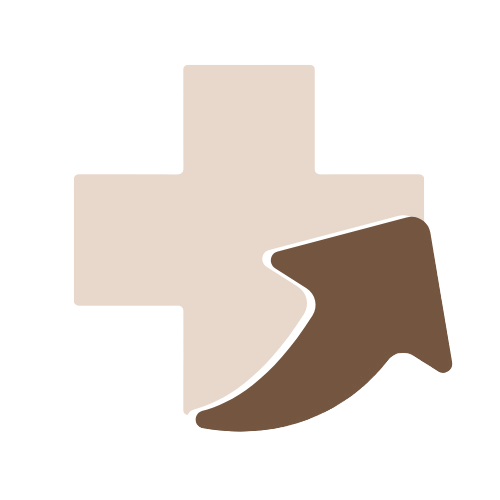Noonan Syndrome
Overview
Noonan Syndrome is a genetic disorder that affects multiple areas of the body, leading to distinctive facial features, short stature, heart defects, and developmental delays. It is considered one of the most common syndromic causes of congenital heart disease. Noonan Syndrome affects both males and females and occurs in approximately 1 in 1,000 to 1 in 2,500 live births. While some individuals experience only mild symptoms, others may have significant health challenges. Early diagnosis and supportive care can help manage symptoms and improve quality of life.
Causes
Noonan Syndrome is caused by mutations in specific genes involved in cell growth and development, most commonly the PTPN11 gene. Other genes associated with Noonan Syndrome include SOS1, RAF1, KRAS, NRAS, BRAF, MAP2K1, and RIT1. These gene mutations disrupt normal signaling pathways, leading to abnormal development of various body systems.
Noonan Syndrome is usually inherited in an autosomal dominant pattern, meaning only one copy of the altered gene from either parent can cause the disorder. However, many cases result from a new mutation with no family history of the condition.
Symptoms
Symptoms of Noonan Syndrome can vary widely in severity and presentation, but commonly include:
- Facial features: Wide-set eyes, low-set ears, droopy eyelids (ptosis), a broad forehead, and a short, webbed neck.
- Short stature: Individuals often have below-average height for their age and family background.
- Heart defects: Common cardiac issues include pulmonary valve stenosis, hypertrophic cardiomyopathy, and atrial septal defects.
- Developmental delays: Mild learning difficulties or delays in achieving developmental milestones may occur.
- Bleeding problems: Easy bruising, frequent nosebleeds, or prolonged bleeding after injury or surgery.
- Skeletal abnormalities: Chest deformities such as pectus excavatum (sunken chest) or pectus carinatum (protruding chest).
- Eye and vision problems: Strabismus (crossed eyes), refractive errors, and other visual issues.
- Feeding difficulties: Especially in infancy, leading to poor weight gain.
- Other features: Curly hair, low muscle tone (hypotonia), and occasional kidney or genital abnormalities.
Diagnosis
Diagnosis of Noonan Syndrome is based on clinical evaluation and confirmed through genetic testing:
- Clinical evaluation: A physician evaluates physical features, growth patterns, developmental history, and any heart defects.
- Genetic testing: Molecular testing can identify mutations in the associated genes, confirming the diagnosis in most cases.
- Heart evaluations: Echocardiograms and electrocardiograms (ECGs) are often performed to assess heart structure and function.
- Bleeding assessments: Coagulation studies may be done to detect any clotting or bleeding abnormalities.
- Developmental screening: To monitor milestones and identify any need for early intervention services.
Treatment
There is no cure for Noonan Syndrome, but treatments focus on managing individual symptoms and improving quality of life:
- Cardiac care: Regular follow-up with a cardiologist, medications, or surgery for heart defects if needed.
- Growth management: Growth hormone therapy may be recommended in certain cases to improve height.
- Educational support: Early intervention, speech therapy, occupational therapy, and tailored educational programs to address developmental delays.
- Bleeding disorder management: Consultation with a hematologist for any clotting abnormalities.
- Physical therapy: To improve muscle tone, coordination, and motor skills.
- Regular monitoring: Routine hearing, vision, dental, and orthopedic evaluations to manage associated conditions.
- Genetic counseling: For families to understand inheritance patterns and future pregnancy risks.
Prognosis
The long-term outlook for individuals with Noonan Syndrome varies depending on the severity of symptoms, especially heart defects. With appropriate medical care and support, many people with Noonan Syndrome can lead relatively normal, healthy lives. Some may experience only mild learning or growth issues, while others may have more significant health challenges.
Early diagnosis, regular medical follow-ups, and individualized treatment plans help in managing complications and improving developmental outcomes. Advances in medical care have greatly improved the prognosis and quality of life for those living with Noonan Syndrome.
